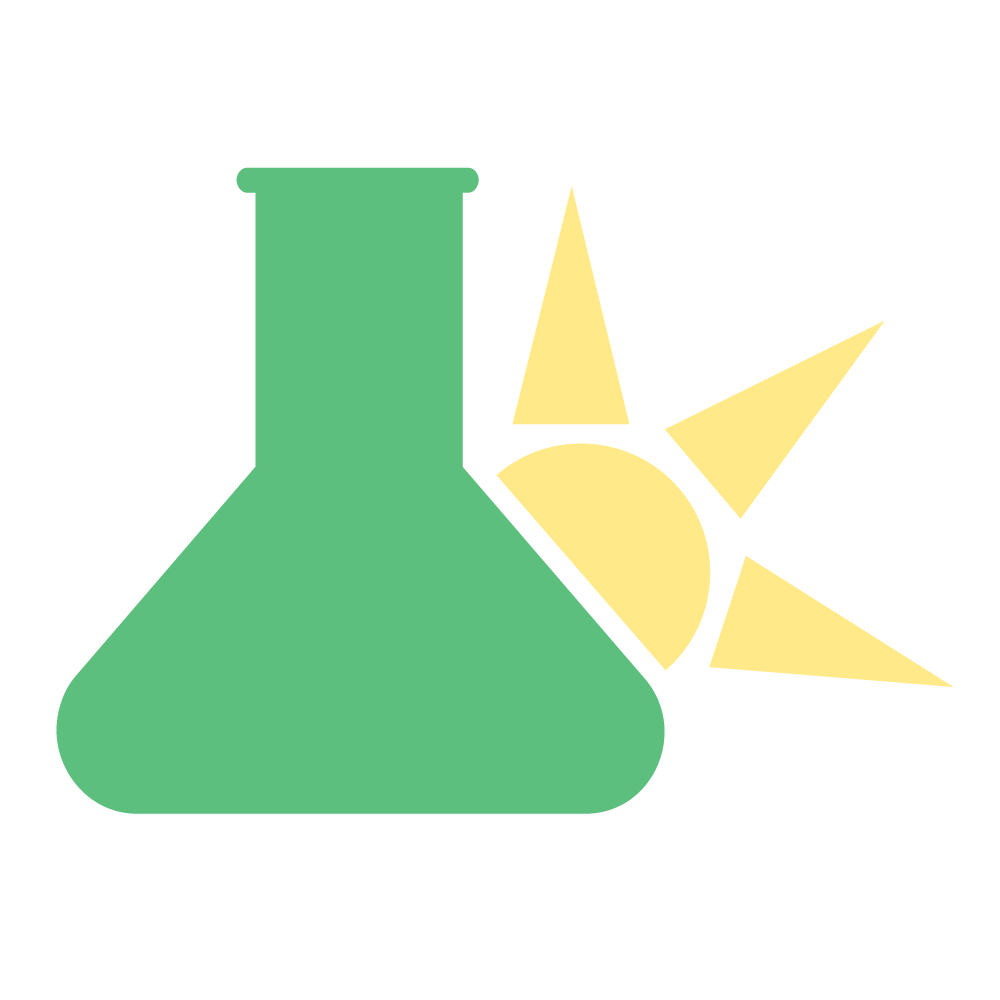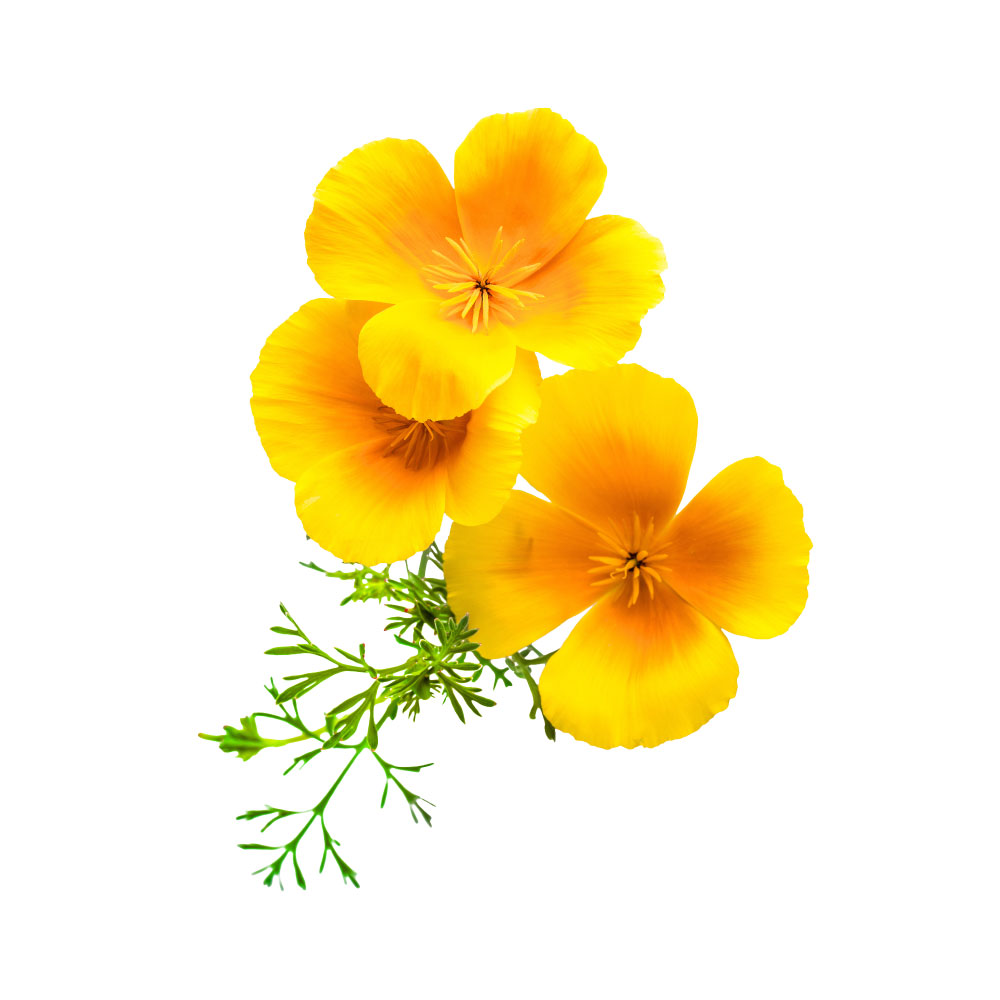Passionflower has many uses and comes in many different varieties. The herb is mainly used for supporting anxiety and sleep but has a long list of other applications as well.
Kava (Piper methysticum)
Manuka (Leptospermum scoparium)
What is Manuka?
In New Zealand, where manuka trees grow, the Maori consider male tea tree plants "Kanuka" and the female plants "Manuka". The plant is regarded very highly in this culture as a medicinal species.
The most well-known form of manuka is in manuka honey. This is a honey made by bees feasting primarily on manuka bushes. The honey has an impressive antibacterial profile when made from these plants. This is also reflected in the herb itself, which has been shown to have potent antibacterial, anti-fungal, and antiviral activity.
Most of the medicinal benefits of the plant come from its essential oil content, which can vary a lot depending on the region the plant was grown in.
What is Manuka Used For?
Internally, manuka is used to treat gastrointestinal conditions like diarrhea, colic, inflammatory bowel syndrome, and dysentery. It's also used for urinary tract infection, anxiety, and cold/flu infections.
Manuka is used topically for its antibacterial, and vulnerary actions. It's used to treat slow healing skin and bone injuries, bacterial infections, candida, and eczema. It can be gargled for gingivitis, or for general oral hygiene.
Manuka honey is another common form of the plant. It's become so popular worldwide, it's been standardised by the phenol content. This is expressed as a unique manuka factor (UMF) value set by the Active Manuka Honey Association (AMHA). Anything over UMF 5 is considered strong enough to kill MRSA.
Herb Details: Manuka
Herbal Actions:
- Anti-inflammatory
- Antibacterial
- Antifungal
- Antispasmodic
- Anxiolytic
- Diaphoretic
- Diuretic
- Febrifuge
- Sedative
- Astringent
Weekly Dose
- (1:2 Liquid Extract)
20-65 mL - View Dosage Chart
Part Used
- Leaves, Flowers, Bark
Family Name
- Myrtaceae
Distribution
- New Zealand
Constituents of Interest
- Leptospermone
- Sesquiterpenes
- Tannins
- Citronellal
Common Names
- Manuka
- Tea Tree
- New Zealand Tea Tree
Quality
- Neutral-Warm
Pregnancy
- Unknown
Taste
- Spicy
Duration of Use
- Long term use is acceptable, but should be taken away from food.
Botanical Information
Manuka is a member of the Myrtaceae family of plants. This family contains as many as 133 different genera, and around 3800 different species, many of which are medicinally relevant.
Clinical Applications Of Manuka:
Manuka is useful both internally and topically. It's been shown to be an effective antibacterial agent for various forms of bacteria (including Staphylococcus). It's also an effective anti-fungal and antiviral (including HSV). The antibacterial effects were the most notable, with only some chemotypes of Manuka showing potent anti-fungal benefits.
Manuka can be used for nearly any form of bacterial infections both topically and internally, as well as wounds, ulcers, and gastrointestinal inflammation or infection. It's also useful for skin inflammation like eczema or psoriasis. The muscle relaxant effects make it useful for injuries, muscle tension, colic, and insomnia.
Cautions:
Manuka is widely considered safe and there are no common side effects of the herb.
+ Contraindications
Avoid long-term use alongside food. Tannins may impede mineral absorption.
Recent Blog Posts:
Magnolia (Magnolia officinalis)
What is Magnolia?
Magnolia is one of the oldest flowering plants in existence, dating back as far as 95 million years ago. The first angiosperm is thought to have originated 130 million years ago. this is long before bees first appeared. To no surprise then, magnolia have evolved to be pollinated by beetles instead, which have been around for much longer.
Magnolia is a common herb in traditional Chinese medicine for treating Qi stagnation and removing obstructions.
It remains popular for reducing sinus infection and congestion, sinus headaches, asthma, coughs, and catarrh as well as anxiety and heightened cortisol levels.
+ Indications
- Abdominal pain
- Alzheimer's Disease
- Amoebic dysentery
- Anxiety
- Asthma
- Bloating
- Catarrh
- Coughs
- Diarrhea
- Gas
- Gastroenteritis
- Menstrual cramps
- Nausea/vomiting
- Poor appetite
- Poor digestion
- Rheumatoid arthritis
- Rhinitis
- Sinus infection
- Stress
- Typhoid
- Ulcers
+ Contraindications
Avoid use during convalescence.
How Is Magnolia Used?
Magnolia is used for its anxiolytic and digestive effects.It's often combined with Phellodendron for treating both acute and chronic stress.
Magnolia is also commonly used for upper respiratory tract infection, sinus congestion, and catarrh.
Herb Details: Magnolia
Herbal Actions:
- Antioxidant
- Antiallergic
- Antiasthmatic
- Anxiolytic
- Antibacterial
- Antifungal
- Antispasmodic
- Aphrodisiac
- Emmenagogue
- Expectorant
Weekly Dose
- (1:2 Liquid Extract)
15-100 mL - View Dosage Chart
Part Used
- Bark
Family Name
- Magnoliaceae
Distribution
- Eastern Asia, North America, Central America
Constituents of Interest
- Honokiol
- Magnolol
Common Names
- Magnolia
- Ch'Uan Pu (China)
- Chinese Magnolia
- Choon Pok
- Hou Pu
Quality
- Warm
Pregnancy
- Unknown
Taste
- Bitter
Duration of Use
- Long term use acceptable, but should be monitored by a professional.
Botanical Information
Magnolia officinalis is a medium sized tree, ranging from 5 to 15 m in height. It's deciduous, with purple brown bark.
Magnolia is a member of the Magnoliaceae family of plants. There are 2 subfamilies in this family, including Magnollioideae and Liriodendroideae. The latter of which only includes Liriodendron (Tulip trees). In The Magnoliaceae family there are approximately 219 species, distributed into 17 genera. The vast majority are included in the Magnolia genus, which has about 210 different species.
One interesting note is that it appears magnolia appeared before bees did. The flowers are instead evolved to be pollinated by beetles, due to the extremely tough carpels on the flower. There have also been fossils discovered with plants contained in the Magnoliaceae family as far back as 95 million years ago, making Magnolia one of the oldest remaining angiosperms.
Clinical Applications Of Magnolia:
Magnolia increases the activity of GABA receptors, as well as the muscarinic receptors. This is why Magnolia is useful for both its sedative effect, as well as some mild stimulating effects. While most anxiolytic herbs have a particular effect on the parasympathetic nervous system (through GABAergic effects), Magnolia also increases the activity of the sympathetic nervous system through the muscarinic acetylcholine receptors in a similar way to GABA.
Magnolia is especially useful for eliminating nasal congestion, sinus infections, coughs, and catarrh. It's used to improve indigestion and dysentery, though it is not commonly used for bacterial or fungal infections alone.
Magnolia is also used for reducing symptoms of stress and anxiety. It can reduce cortisol levels in stressed individuals, especially in combination with Phellodendron. Its primary actions for this involves GABAergic activities, and have been shown to lower salivary cortisol levels in stressed individuals.
Magnolia should be avoided in those who are chronically fatigued, or who are suffering from convalescence. Traditional Chinese medicine suggests that magnolia should be avoided with any condition involving yin deficiency.
Recent Blog Posts:
California Poppy (Eschscholzia californica)
California Poppy Summary
California poppy is a relative of the opium poppy that gives us morphine. This particular member contains a different set of alkaloids with similar, but milder effects.
California Poppy is the official state flower for California but grows throughout the Southern parts of the United States.
Its primary uses — both in modern herbal medicine and traditional herbal medicine — is for treating anxiety, chronic pain, and insomnia. It's one of the most potent herbal sedatives available.
How Is California Poppy Used?
California poppy is used for its sedative and analgesic effects. It contains a set of alkaloids similar to morphine, though not as strong. It can be used both internally for anxiety, insomnia, and chronic pain, as well as topically for skin irritations and ulcers.
Herb Details
Weekly Dose
- (1:2 Liquid Extract)
20-40 mL - View Dosage Chart
Part Used
- Aerial parts
Family Name
- Papaveraceae
Distribution
- Southern parts of The United States of America
Herbal Actions:
- Analgesic
- Antispasmodic
- Anxiolytic
- Nervine
Constituents of Interest
- Eschscholtzine
- Californidine
- Sanguinarine
- Chelerythrine
Common Names
- California Poppy
- Kaliforniese papawer (Afrikaans)
- Pavot de Californie (France)
CYP450
- CYP3A4
- CYP2C9
- CYP2C19
- CYP2D6
- CYP1A2
Pregnancy
- No adverse effects expected.
Taste
- Bitter
Duration of Use
- May be used long term.
Botanical Information
California poppy is a member of the Papaveraceae family. This family contains roughly 42 genera and about 775 different species. The Eschscholzia genus itself contains about 12 different species.
The species, Eschscholzia californica, is very diverse, as it has been extensively bred commercially and by hobbyists as an ornamental garden flower.
Clinical Applications Of California Poppy
California poppy extract enhances GABA binding and is an opioid receptor agonist. It's been shown to displace fluorazepam from the benzodiazepam receptor. This is likely the main mechanism of action for California Poppy's sedative, and analgesic effects.
Caution
- May possess additive interaction with benzodiazepines.
Recent Blog Posts:
Lavender (Lavandula angustifolia)
What is Lavender?
Lavender is one of the most famous herbs known to man. It's cultivated on a massive scale throughout Europe and North America and is a popular flavoring and aromatic agent for household products.
Medicinally lavender is best known for its ability to promote sleep. It's often sold as aromatherapy, in salves and creams, and incense for this purpose. Lavender is also great for internal use, where it interacts with the GABA system to produce relaxation and sleep.
Lavender essential oil can be used as a topical agent for insect bites, rashes, and infection.
What is Lavender Used For?
Lavender is mainly used in topical applications for rashes, skin irritations, mild infections, sunburn, and insect bites. Internally it's mainly used for anxiety-related conditions, GIT inflammation and discomfort, and insomnia.
Herb Details: Lavender
Herbal Actions:
- Analgesic (mild)
- Antibacterial
- Anti-cancer
- Anticonvulsant
- Antidepressant
- Antifungal
- Antioxidant
- Anxiolytic
- Antiparasitic
- Carminative
- Nervine Relaxant
- Neuroprotective
- Antispasmodic
Weekly Dose
- (1:2 Liquid Extract)
15–30 mL - View Dosage Chart
Part Used
- Leaves and flowers
Family Name
- Lamiaceae
Distribution
- Mediterranean and Southern Europe
Northern and Eastern Africa
Constituents of Interest
- Monoterpene Alcohols
- Athocyanins
Common Names
- Lavender
- Laventelit (Finland)
- English Lavender
Pregnancy
No adverse reactions expected.
Duration of Use
- This herb is generally regarded as safe for long term use.
Botanical Information
Lavender is a member of the mint family (Lamiaceae). In the genus Lavandula, there are approximately 47 species — most of which are perennials, or small shrubs.
There are a number of lavenders used medicinally
Lavandula angustifolia (English Lavender)
Lavandula stoechas (French Lavender)
Lavendula dentata (Spanish Lavender)
This list is disputed by many taxonomists, suggesting that French lavender may be Lavandula stoechas or Lavandula dentata, and that Spanish lavender could be either Lavandula dentata, or Lavandula lanata, or Lavandula dentata.
Clinical Applications Of Lavender:
Lavender is useful topically for female conditions including dysmenorrhoea and PMS due to its antispasmodic and analgesic effects. It's also useful topically for its anti-fungal and antibacterial effects. Internally lavender can be used for gastrointestinal complaints, including bloating, flatulence, and colic.
Lavender is a reliable nervine for its GABAergic activity. Additionally it has been shown to reverse the stimulating effects induced by caffeine, and inhibits acetylcholine release.
Cautions:
Lavender has been proven to be a very safe herb with a low incidence of adverse effects.
Avoid use with pharmaceutical sedatives due to the possibility of agonistic synergy.















As COVID-19 continues to spread around the world, we’re getting a lot of questions on what the potential role of herbal medicine is during the outbreak. Learn how the virus works and how to limit your chances of transmission.